
Prunella Gee as Eris in ‘Illuminatus!’ (via Liverpool Confidential)
In 1976, the Science Fiction Theatre of Liverpool mounted a 12-hour stage production of Robert Shea and Robert Anton Wilson’s Illuminatus! Trilogy. It was a fateful event in the life of the show’s set designer, Bill Drummond, for reasons he’s detailed in the Guardian: for one thing, it was in connection with Illuminatus! and its director, Ken Campbell, that Drummond first heard about the eternal conflict between the Illuminati, who may secretly control the world, and the Justified Ancients of Mummu, or the JAMs, who may be agents of chaos disrupting the Illuminati’s plans. (Recall that in Illuminatus!, the MC5 record “Kick Out The Jams” at the behest of the Illuminati, as a way of taunting the Justified Ancients—or so John Dillinger says.)
Before they were known as the KLF, Drummond and Jimmy Cauty called themselves the Justified Ancients of Mu Mu, appropriating the name for the eschaton-immanentizing hip-hop outfit they started in 1987. Over the next few years, they seized the pop charts and filled the airwaves with disorienting, Discordian hits, until a day came when you could flip on the TV and find Tammy Wynette singing “Stand By The JAMs,” or Martin Sheen narrating the KLF’s reenactment of the end of The Wicker Man.
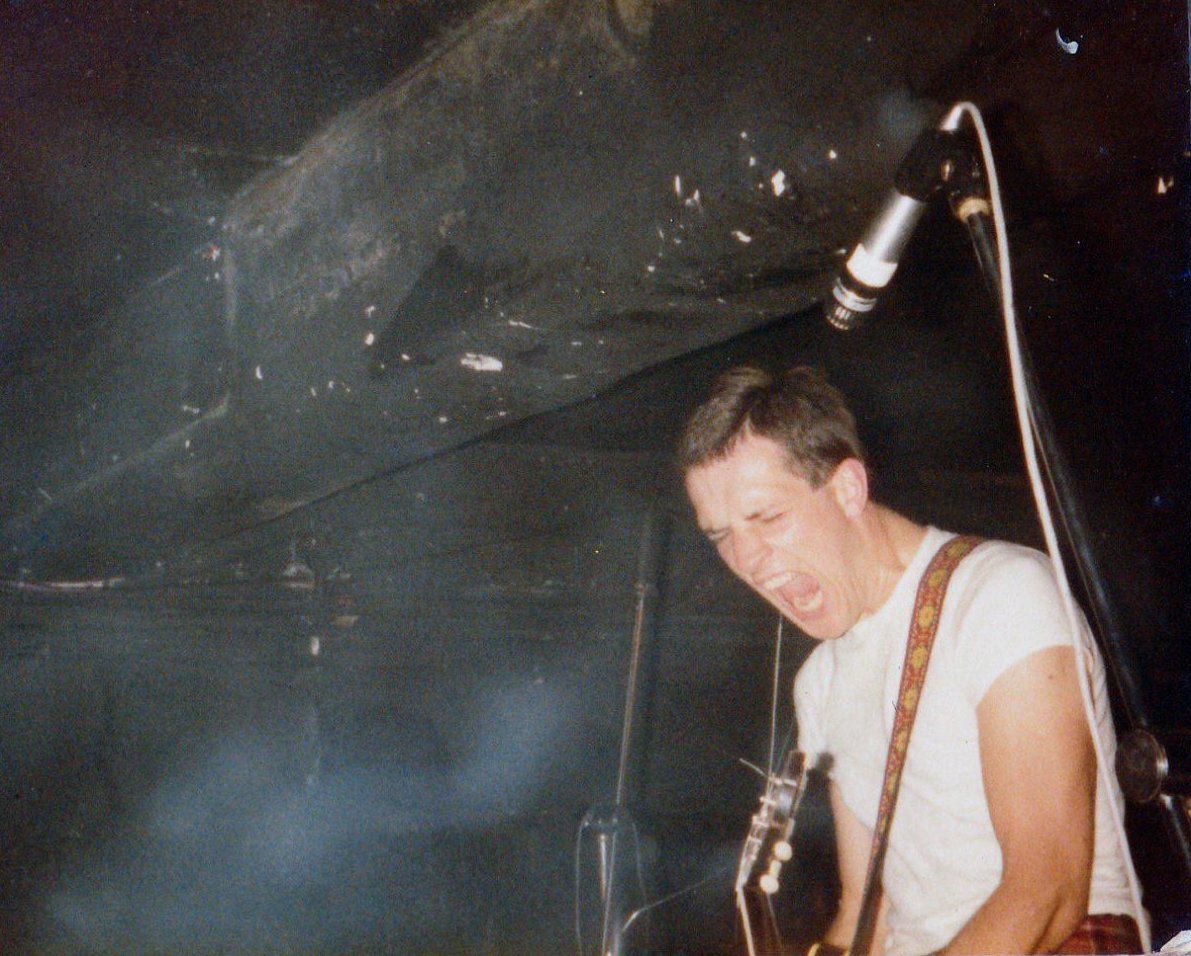
Bill Drummond in Big in Japan, live at Eric’s (via @FromEricsToEvol)
After the Liverpool run of Illuminatus!, Drummond rebuilt his sets for the London production, but he suddenly bailed on the show, walking out hours before it was to open. I guess he missed the nude cameo appearance Robert Anton Wilson describes in Cosmic Trigger, Volume I:
On November 23, 1976—a sacred Discordian holy day, both because of the 23 and because it is Harpo Marx’s birthday—a most ingenious young Englishman named Ken Campbell premiered a ten-hour adaptation of Illuminatus at the Science-Fiction Theatre of Liverpool. It was something of a success (the Guardian reviewed it three times, each reviewer being wildly enthusiastic) and Campbell and his partner, actor Chris Langham, were invited to present it as the first production of the new Cottesloe extension of the National Theatre, under the patronage of Her Majesty the Queen.
This seemed to me the greatest Discordian joke ever, since Illuminatus, as I may not have mentioned before, is the most overtly anarchistic novel of this century. Shea and I quite seriously defined our purpose, when writing it, as trying to do to the State what Voltaire did to the Church—to reduce it to an object of contempt among all educated people. Ken Campbell’s adaptation was totally faithful to this nihilistic spirit and contained long unexpurgated speeches from the novel explaining at sometimes tedious length just why everything government does is always done wrong. The audiences didn’t mind this pedantic lecturing because it was well integrated into a kaleidoscope of humor, suspense, and plenty of sex (more simulated blow jobs than any drama in history, I believe). The thought of having this totally subversive ritual staged under the patronage of H.M. the Queen, Elizabeth II, was nectar and ambrosia to me.
The National Theatre flew Shea and me over to London for the premiere and I fell in love with the whole cast, especially Prunella Gee, who emphatically has my vote for Sexiest Actress since Marilyn Monroe. Some of us did a lot of drinking and hash-smoking together, and the cast told me a lot of synchronicities connected with the production. Five actors were injured during the Liverpool run, to fulfill the Law of Fives. Hitler had lived in Liverpool for five months when he was 23 years old. The section of Liverpool in which the play opened, indeed the very street, is described in a dream of Carl Jung’s recorded on page 23 of Jung’s Memories, Dreams, Reflections. The theatre in Liverpool opened the day Jung died. There is a yellow submarine in Illuminatus, and the Beatles first sang “Yellow Submarine” in that same Liverpool Theatre. The actor playing Padre Pederastia in the Black Mass scene had met Aleister Crowley on a train once.
The cast dared me to do a walk-on role during the National Theatre run. I agreed and became an extra in the Black Mass, where I was upstaged by the goat, who kept sneezing. Nonetheless, there I was, bare-ass naked, chanting “Do what thou wilt shall be the whole of the law” under the patronage of Elizabeth II, Queen of England, and I will never stop wondering how much of that was programmed by Crowley before I was even born.
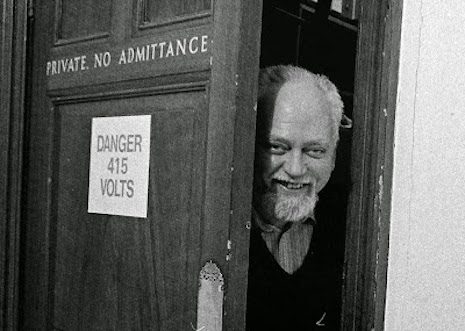
Robert Anton Wilson (via John Higgs)
In 2017, 23 years after they split up, Drummond and Cauty reunited as the JAMs. Instead of a new chart-burning house record, they released their first novel…
More after the jump…






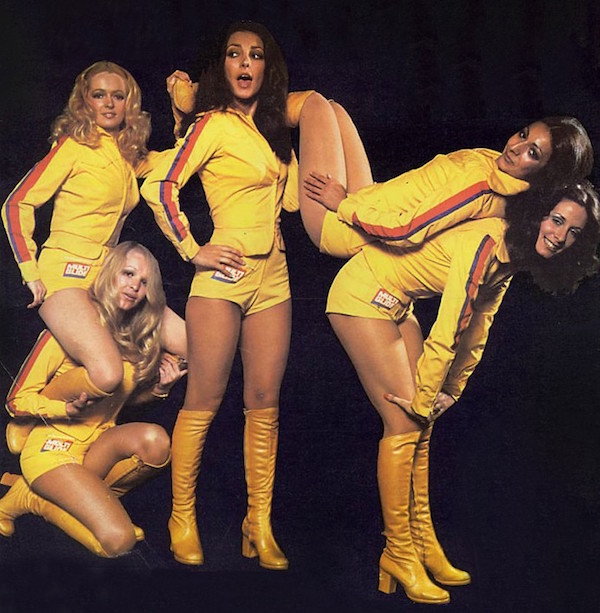
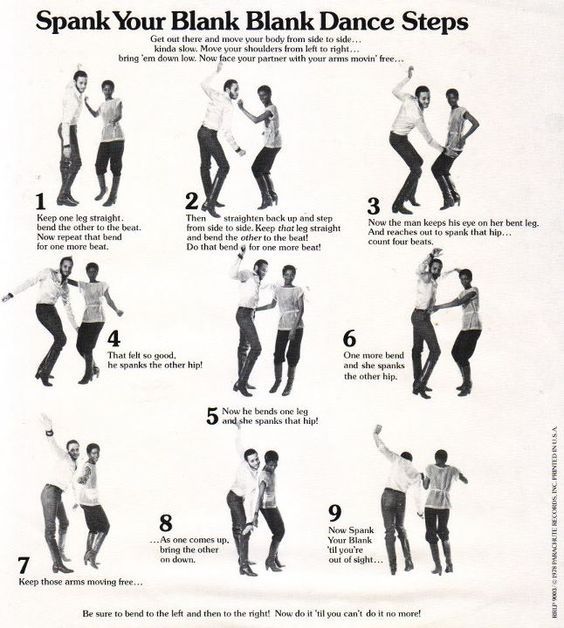
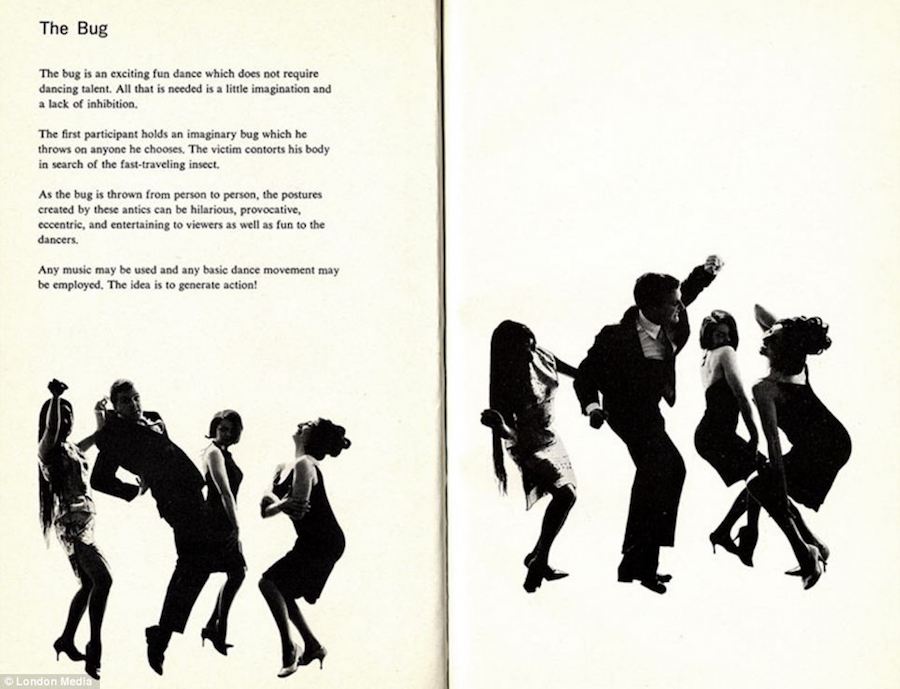

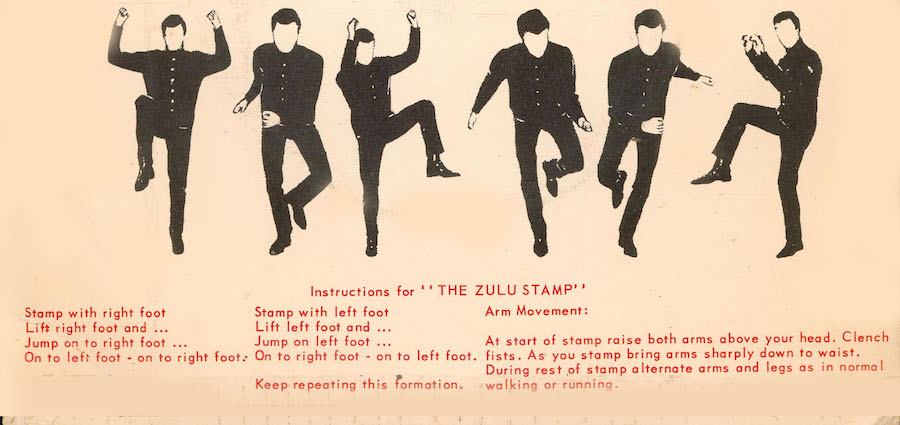


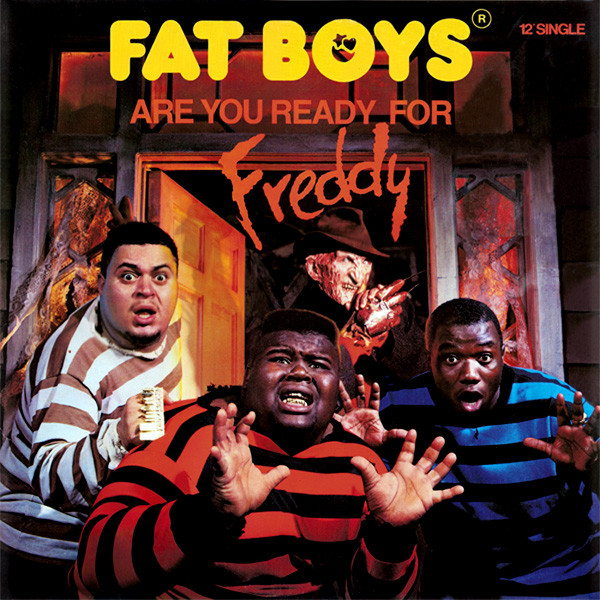
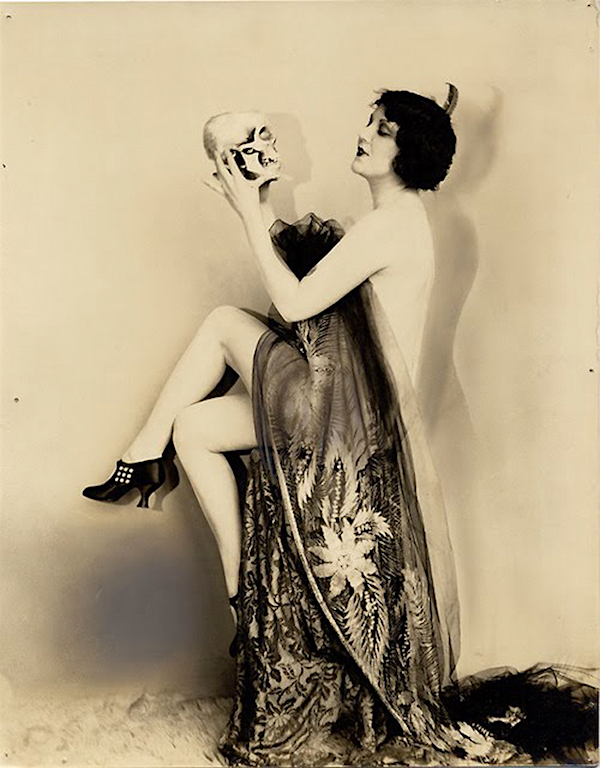
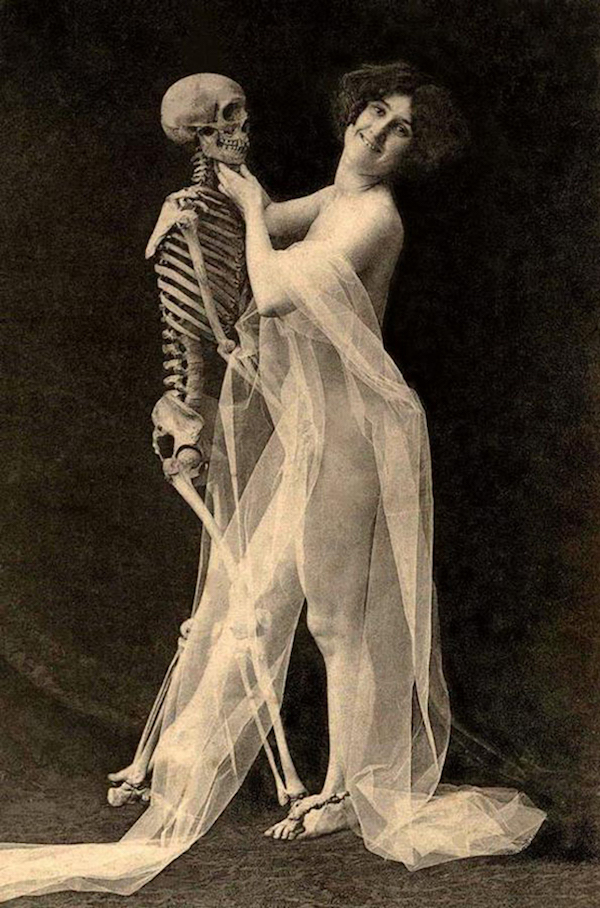
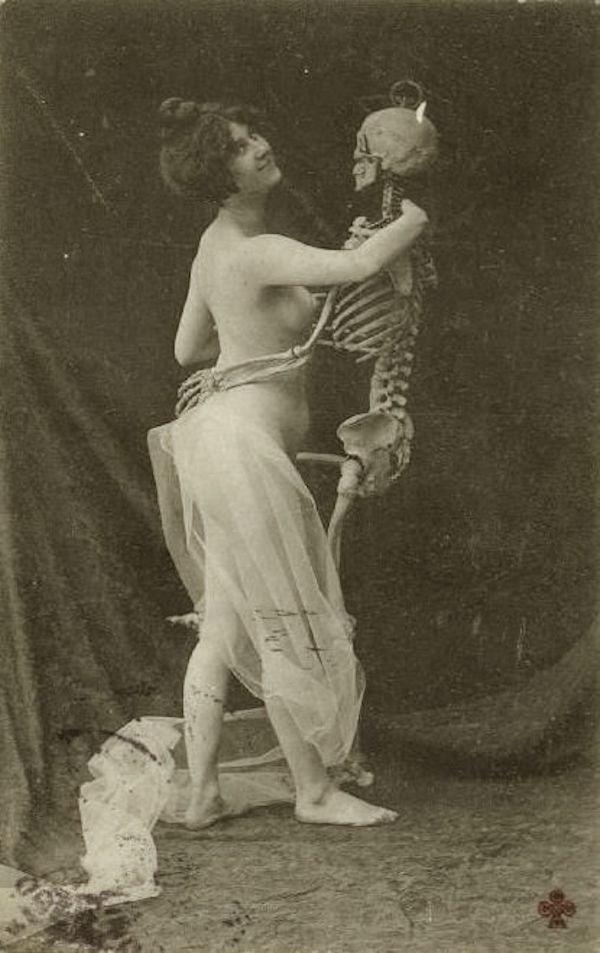


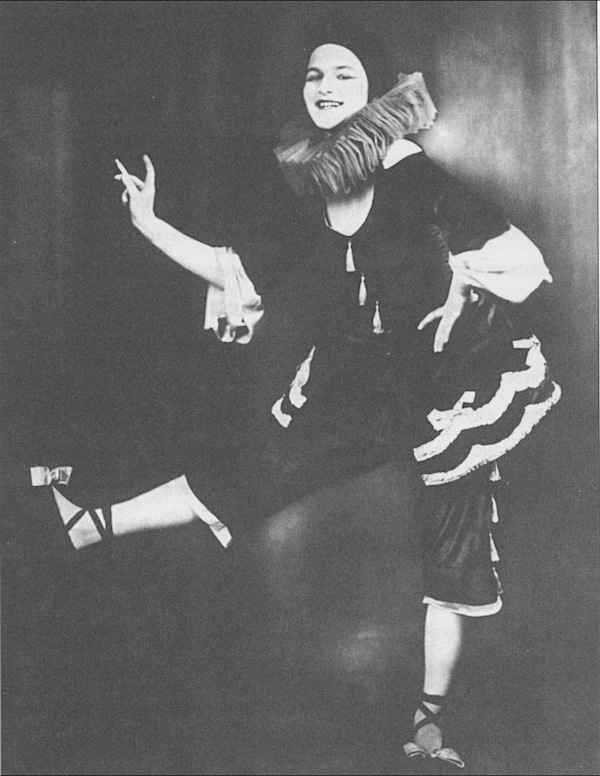
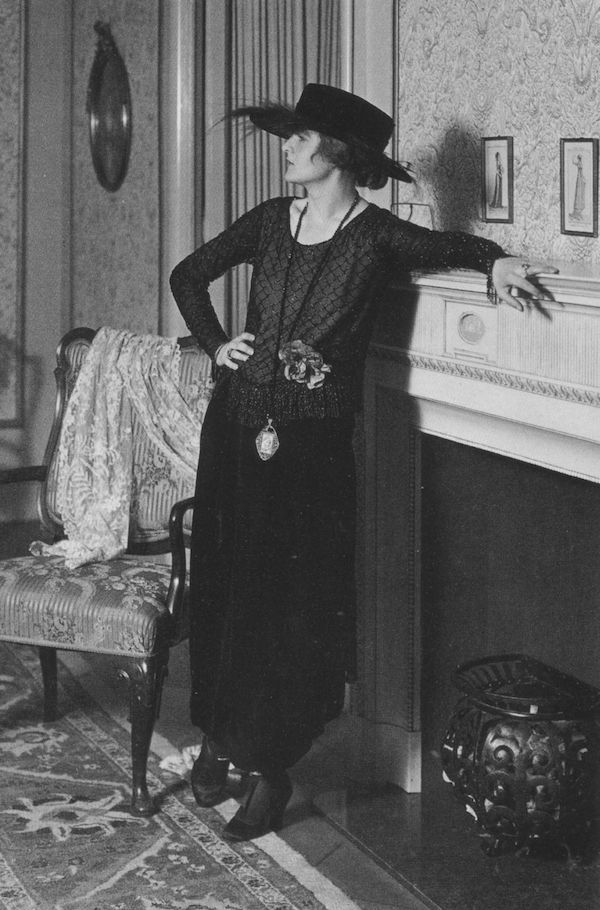
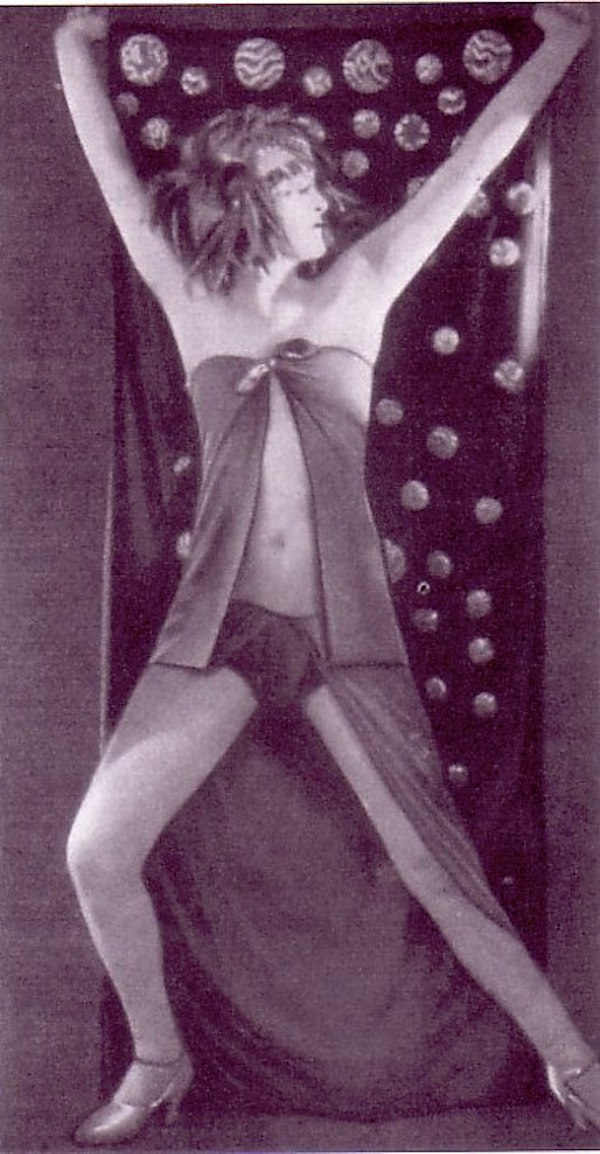

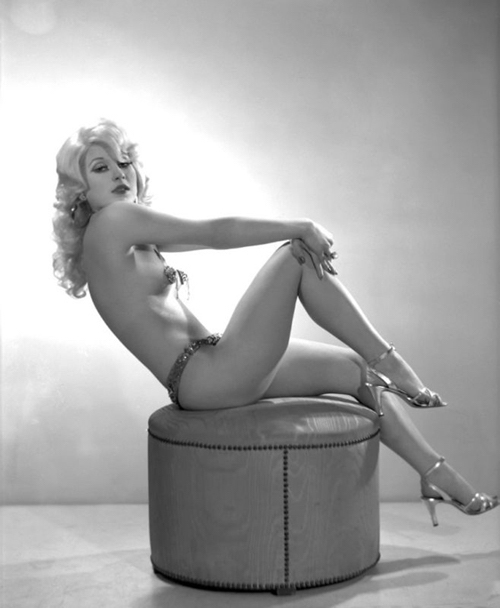
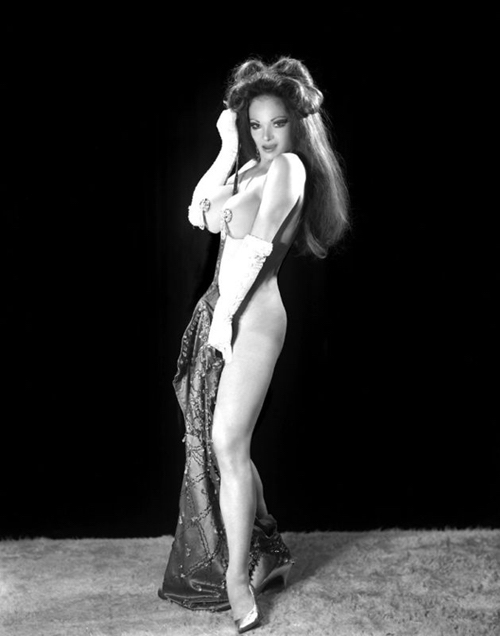
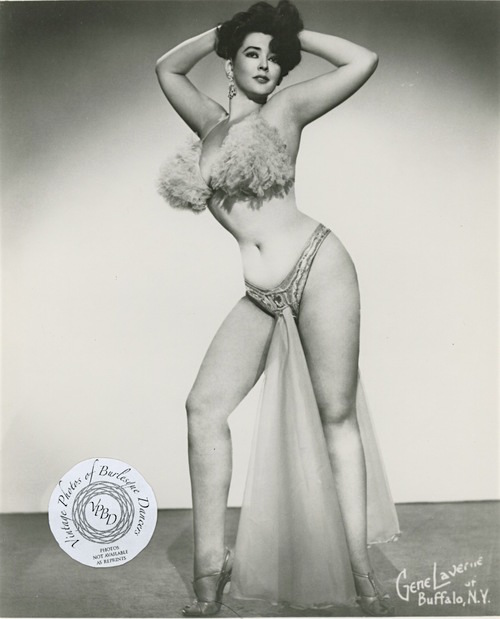


.jpg)

